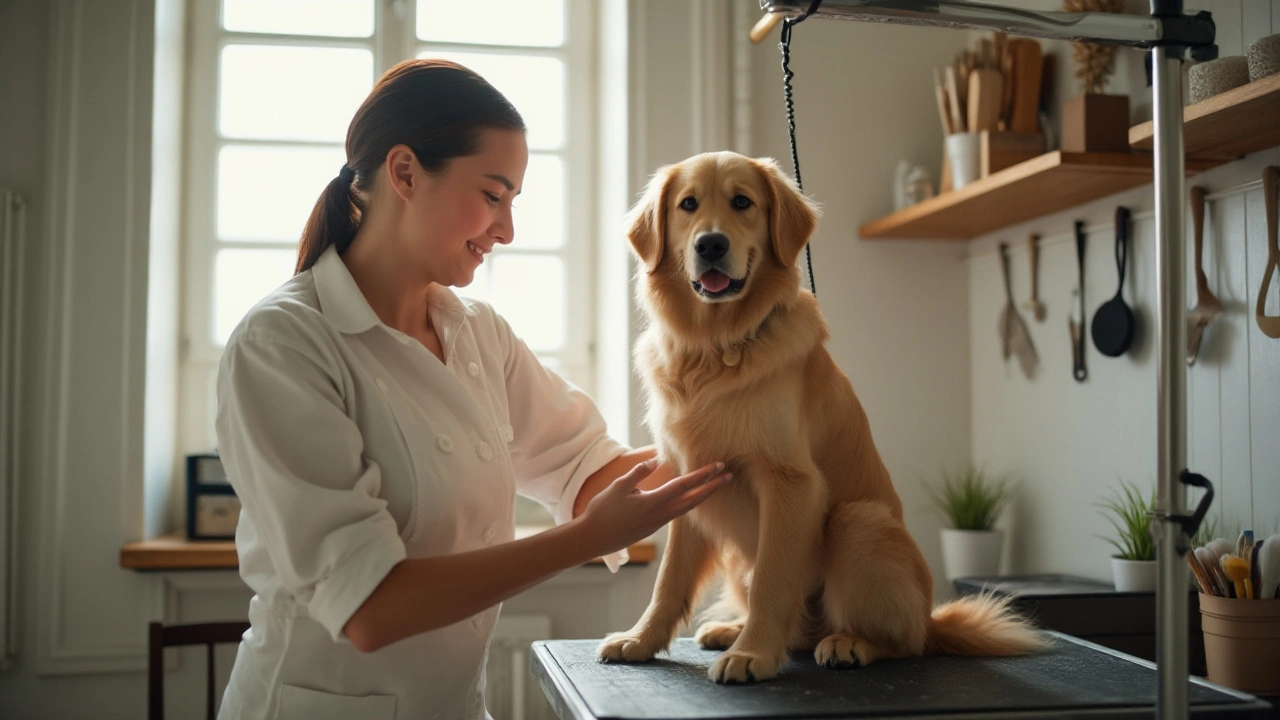Restraint Techniques Every Dog Owner Should Know
Keeping a dog safe while staying comfortable is something every owner deals with. Whether you’re walking, grooming, or traveling, the right restraint technique makes the job smoother for both of you. Below are the most useful tools and tricks you can start using today.
Leash and Harness Basics
The simplest way to control a dog is a good leash and harness combo. A standard 4‑foot leash gives you enough slack to let the dog explore, but short enough to stop a sudden pull. Choose a harness that fits snugly on the chest, not the neck—this spreads pressure and prevents choking. For heavy pullers, a no‑pull harness with a front clip redirects the dog’s forward momentum back toward you.
When you first put the harness on, let the dog sniff it, then reward calm behavior with a treat. A quick “sit” before stepping out the door reinforces that the harness means safe walking, not a game of tug‑of‑war.
Crate and Gentle Holding
Crates are more than travel boxes; they’re safe zones for nervous or excited dogs. Pick a crate just big enough for the dog to stand, turn, and lie down. Inside, add a blanket and a chew toy to make it inviting. When you need to use the crate, guide the dog in with a calm voice and a treat, never force them. This builds a positive association so the crate becomes a quiet retreat, not a punishment.
Gentle holding works well for grooming or vet visits. Start by holding the dog’s chest gently with one hand and supporting the hindquarters with the other. Keep your grip firm but relaxed—tight enough that the dog can’t wiggle free, but not so tight it hurts. Pair the hold with a soothing tone and a treat after a few seconds, then gradually increase the time.
Calming Aids and Training Tools
Sometimes a dog’s anxiety needs more than a leash. Calming collars that release pheromones can help in noisy environments like airports or vet clinics. Just clip the collar on a few hours before the event for the best effect.
Head collars are another option for strong pullers. They give you control over the dog’s head, which naturally guides the body. Fit the head collar so the nose sits just behind the eyes; a loose fit can cause the dog to slip out.Remember, any tool works best when paired with consistent training. Teach your dog to respond to a “stop” cue while on a leash before moving to more advanced restraints. Short, upbeat training sessions keep the dog engaged and reduce frustration.
Putting It All Together
Start with the basics: a well‑fitted harness, a sturdy leash, and a comfortable crate. Add calming collars or head collars only if you notice anxiety or pulling that the basic gear can’t manage. Practice each technique in a low‑distraction area, then gradually introduce new settings like parks, car rides, or grooming tables.
By using the right restraint technique for the right situation, you keep your dog safe, reduce stress, and make everyday outings far more enjoyable for both of you.
The Art of Dog Restraint in Grooming: Techniques and Insights
Dog grooming requires more than just a brush and scissors; it involves techniques to safely and humanely restrain dogs to ensure both the dog's and the groomer's safety. This article explores the common methods groomers use to keep dogs still, the reasons behind each technique, and how they maintain a stress-free environment. Readers will gain insights into professional approaches and tips to try at home for a smooth grooming experience.
